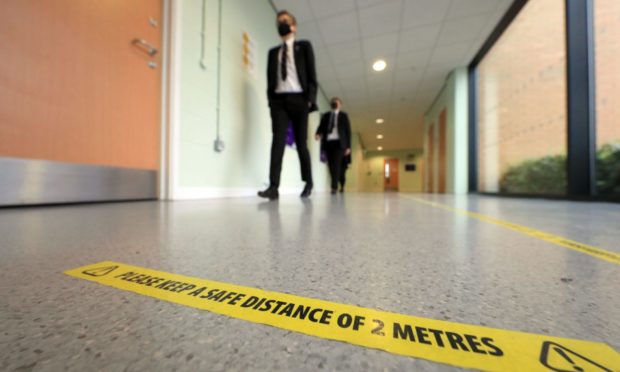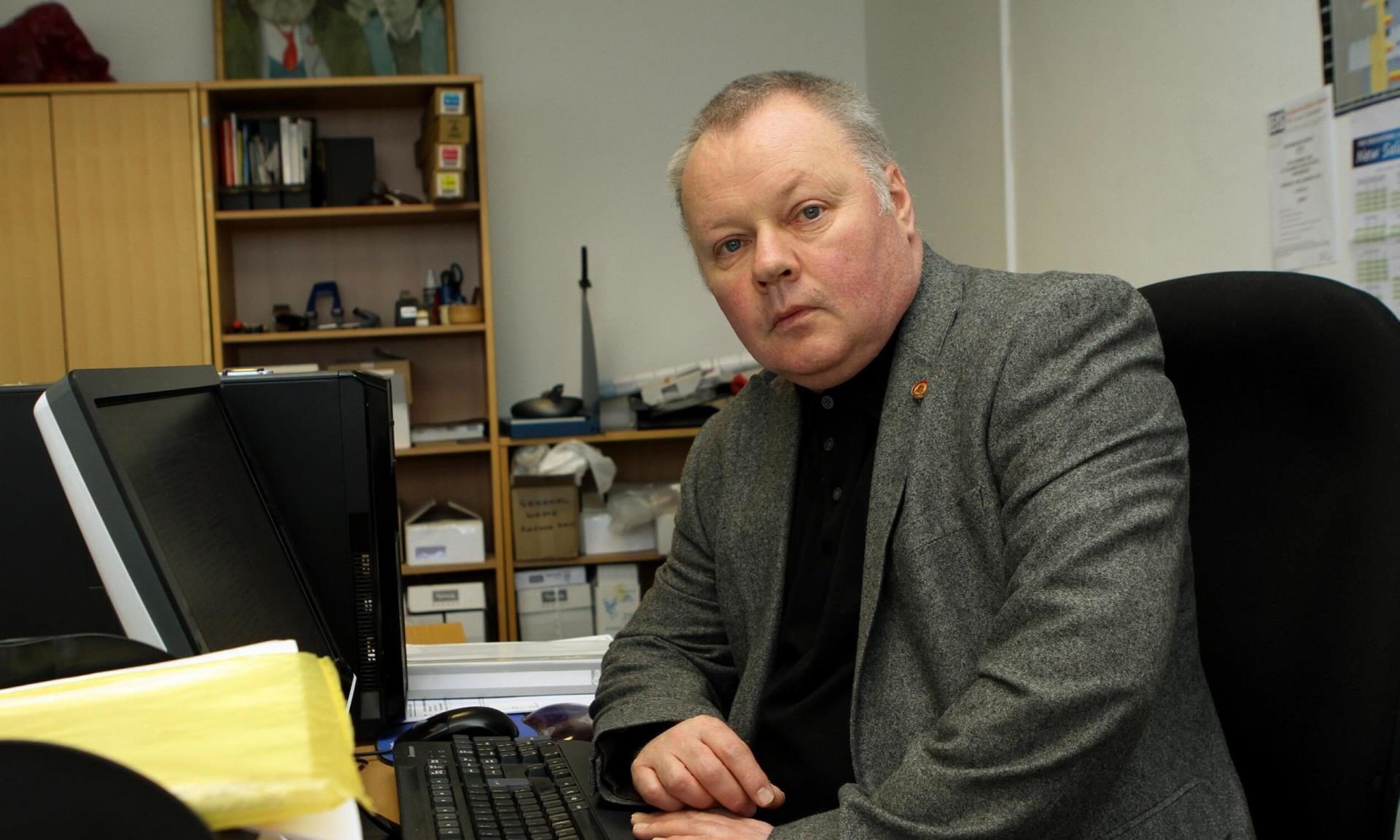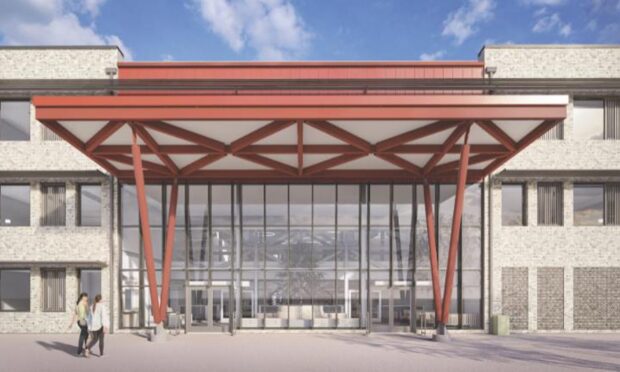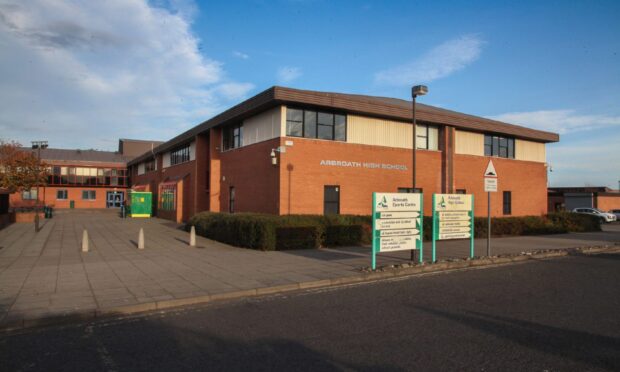A need for physical distancing in secondary schools before but not after the Easter holidays has left anxious teachers bemused, according to their union.
Secondary schools will only welcome some pupils each day when their phased reopening begins on Monday, due to the need for two-metre distancing.
But after the holidays in April they will be expected to accommodate all pupils, making distancing impossible.
The Fife local association of the Educational Institute of Scotland (EIS) welcomed the return of staff and pupils to schools but questioned the logic of a system which “needs to be recreated two weeks later”.
David Farmer, the association’s publicity officer, said: “Science apparently dictates that two-metre social distancing will be adhered to in secondary schools in the two week period between March 15 and the Easter holiday.
“Fife EIS wonders if this is the same science that says this measure does not need to apply after that holiday?”
Cloth face coverings ‘appropriate’
The Scottish Government’s guidance for the phased return from Monday does not require medical grade face coverings for school staff, due to the “absence of evidence” that staff are more likely to become infected of seriously ill and schools being “relatively low risk environments”.
Mr Farmer said: “EIS members in primary schools also wonder about the scientific validity of not providing enhanced face coverings – an expectation of the EIS nationally – for staff and children, and the scientific basis for the promotion of the idea that there is no Covid-19 risk to and from younger children.”
Government position
A Scottish Government spokesperson said: “The phased approach to school return is firmly based on the expert advice that we have received.
“It is the best and also the most sustainable and enduring way to get as many children back to school as possible, as safely as possible.
“Councils will decide how to safely balance in-school learning based on local circumstances.”
Dispute
The association says it remains in a formal dispute with Fife Council over health and safety concerns, which was raised in December following a ballot of members.
However, the council said it was unaware of any ongoing dispute.
Head of education and children’s services, Shelagh McLean, said: “A number of issues were raised at the end of last year and we have taken action to resolve these.
“Confirmation of that action was passed to the EIS in January and we have had no communication or feedback since then.
“We continue to meet with trade unions on a weekly basis to discuss and resolve any ongoing issues.”











